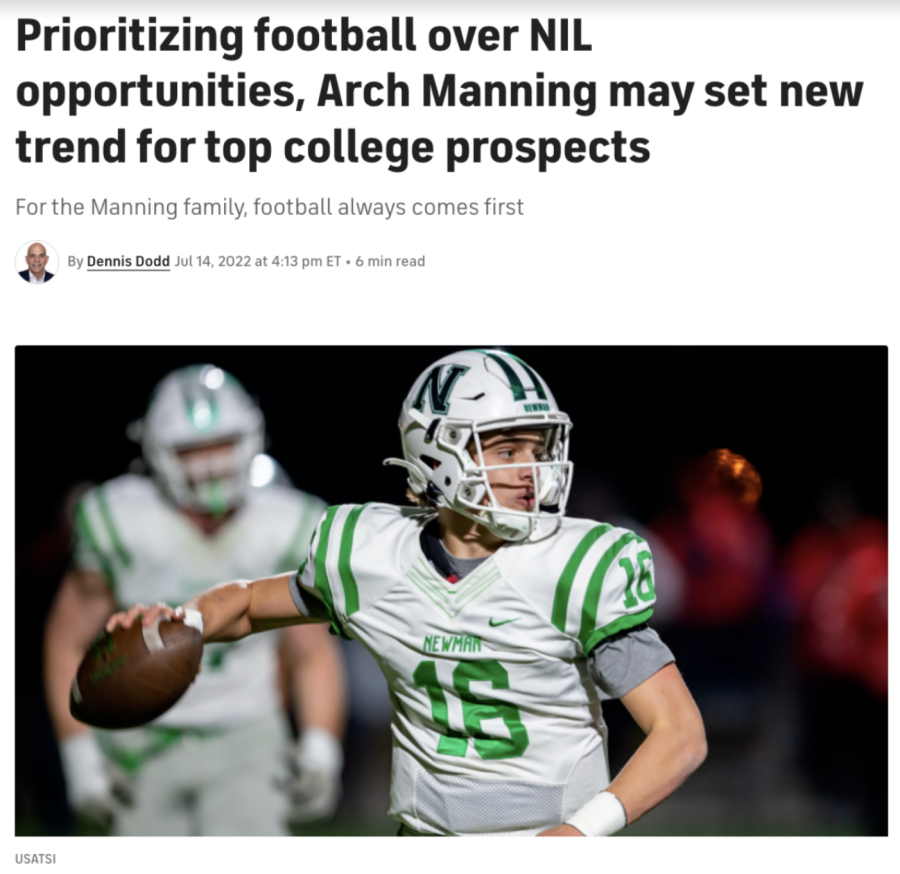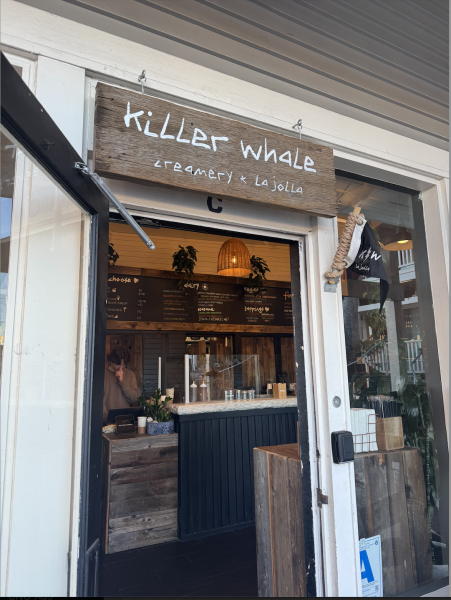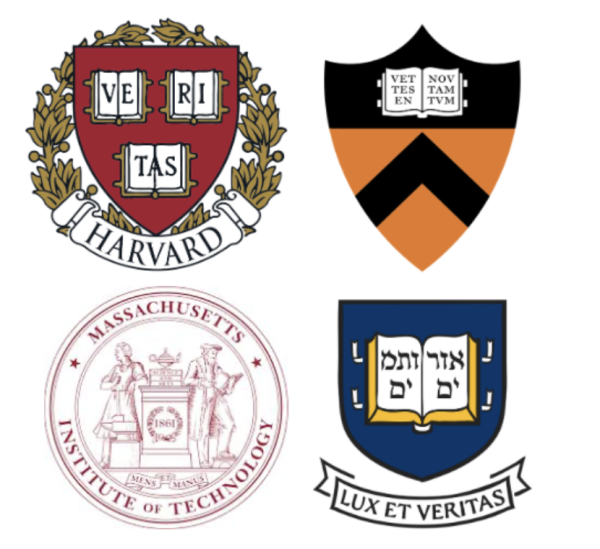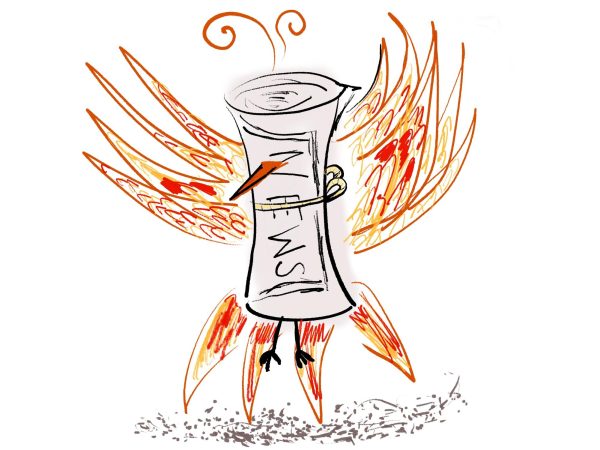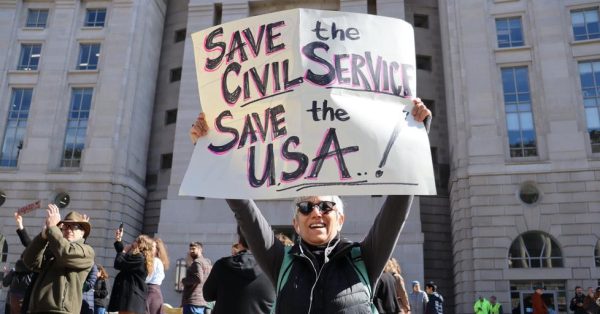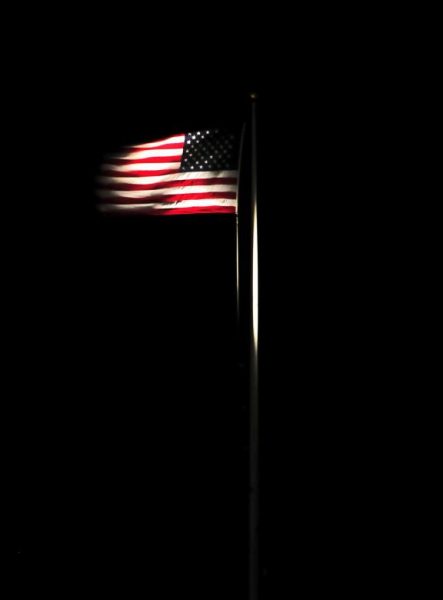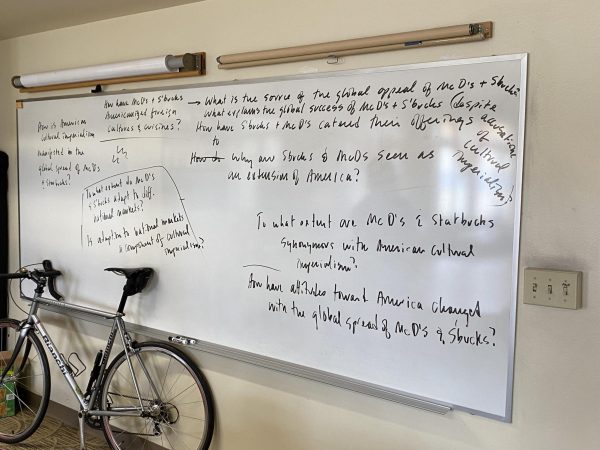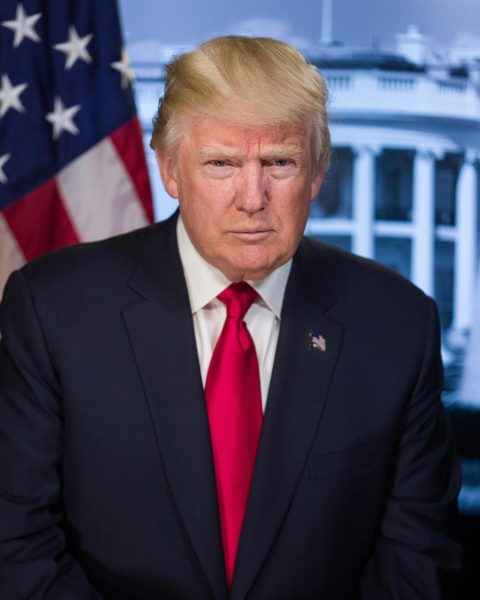The NIL: Name, Image, and Likeness
A much-needed step towards bringing college athletes the economic compensation they deserve
The NIL is taking sports headlines by storm. From upcoming recruitments to talented students expected to make it to the big leagues, everything is changing in the world of college athletics.
According to Statista, “Universities collectively generate billions of dollars from TV deals, sponsorships and ticket sales with total revenue generated by [the] National Collegiate Athletic Association (NCAA) athletic departments in 2019 adding up to $18.9 billion.” However, in order to remain eligible for scholarships, student-athletes have never benefited from the majority of those earnings due to the NCAA policy of “no-pay-to play,” even though their name, image, and likeness (NIL) were linked to almost all of the revenue earned for the university. Through the decades, many student-athletes were forced to choose between staying in school and finishing their degree, or forgoing a college education to make money with their athletic talent, in order to support their families.
However, the Supreme Court ruling on NCAA v. Alston on June 21, 2021, which upheld a district court ruling that the NCAA limited student-athletes to education-related compensation only and violated Section 1 of the Sherman Act, put an end to the universities and the NCAA monopolizing the college athletic industry and not allowing student-athletes to benefit from their athletic performances.
NCAA v. Alston was not the first case where student-athletes fought against receiving only education-related compensation such as tuition and fees, room and board, books, and other expenses related to attendance. Even if you happen to be lucky enough to be someone with an athletic scholarship, many athletes go to bed hungry at night since their scholarships don’t help them with the cost of basic necessities such as food and clothing, according to an Alabama Live LLC interview with former Purdue quarterback Rob Henry. Shawne Alston, a former West Virginia University running back, was one of those athletes who “often went to bed hungry,” he said in an article reported by The New York Times.
Americans have been obsessed with college sports for more than one and a half centuries. Ever since the first regatta between Harvard and Yale in the mid-1800s, through the 1940s when sports games became televised, the collegiate sports business has exploded. Nonetheless, student-athletes never reaped much of the money made off of them; yet they are the main event of the billion-dollar college sports industry.
There is a common misconception that athletes have it easy. While some go to school for free, the majority of other students have to pay. Less than 2% of high school athletes are offered a scholarship at all.
As a result of this Supreme Court ruling, the NCAA put a NIL interim policy into effect on July 1, 2021, to begin allowing college athletes to receive compensation for the use of their name, image, and likeness, for the first time in history. Whether that be through brand sponsorships, cameo appearances, or sold autographs, the NIL agreements finally allow student-athletes the opportunity to benefit from their athletic abilities.
However, the work is far from being done. The Supreme Court’s ruling only opened the door for college athletes to profit from their NIL being used—it didn’t offer any guidelines otherwise, largely leaving individual states, schools, and conferences in charge of what they would like to allow and/or restrict. This means that athletes attending different schools will continue to benefit from NIL deals very differently. In fact, some states have not made much progress or passed legislation regulating the NIL in general.
Even though the NIL is long overdue, it definitely broke out of the gates quickly, which left plenty of room for concerns.
Maddie Cramer (‘22), a recent Bishop’s graduate and a rising freshman on the Princeton University Track & Field Team, felt “that the NIL puts more pressure on athletes to be visible by marketing themselves rather than putting that time into their sport during their college years.” Maggie Johnson (‘22), who is on her way to play women’s water polo at the University of Southern California next school year, added, “[Maintaining] the system may become too much work for schools to [keep] their smaller sports teams, like water polo among others.” While the NIL may seem to benefit all athletes, it may turn out to only benefit athletes who play more popular sports, such as football or men’s basketball.
What about giving student-athletes a percentage of other revenues generated by them? The interim NCAA NIL policy states that all endorsement deals must be third party, meaning that student-athletes still can’t be paid by their schools. The NCAA and school should share the profit they make from jersey sales and TV rights with the teams. “A $250,000 scholarship doesn’t compensate for [everything] the athlete does for [their] university,” SDSU Graduate assistant with Cornerbacks, Coach Donnel Pumphrey added.
Furthermore, we need schools to offer business classes to student-athletes as a part of their sports program. Traditionally, athletes are represented by a sports agent who makes 3% – 20% percent of the athlete’s earnings depending on the deal, according to the Houston Chronicle.
But the real truth of the matter is unless they are the rare case of a five-star athlete, ready to take on the professional sports world as soon as they leave school, most student-athletes are unlikely to make five-figure endorsement deals. Therefore, most student-athletes will have to be represented by relatives, close friends, or themselves. Put simply, if they want to make some money from their athletic ability, they’d better learn some savvy business skills, or they may get taken advantage of. Unless the schools, or those who are close to them, offer them a helping hand, “the [huge amount of] pressure put on these kids could be a recipe for real disaster,” Ms. Scott added.
Don’t get me wrong; though the current NIL guidelines are nowhere near perfect, I am still glad that it is here. In the past, many athletes didn’t graduate school, rushing to get to the big leagues where they could get paid. For those who do get their diploma, many have a bogus degree which they can hardly make a living with. And for some, they may even face some major injuries throughout their lives, which they can’t afford to treat. With the NIL, Olympic medalist Sunisa Lee would not have been able to “earn several million dollars a year off the mat from sponsors, including Athleta (after several years as a Nike athlete), Visa, United Airlines, Oreo and Core Power protein shakes,” according to Sportico (a digital content platform publishing news and data regarding the sports industry), without missing out on the experience of competing for Auburn University.
Student-athletes should not be forced to make a decision on whether to stay in school and finish their degree or forgo a college education to support their families with their talent, while their university makes billions off of them. Olympic medalists should not have to choose between cashing out on their stardom or competing for their schools. With NIL contracts getting into the loop, some choices are getting easier to make.
It’s a new day in the collegiate sports world. And we’re just getting started.

Sydney Chan is an Editor-in-Chief for The Tower dedicated to discovering unique stories and bringing them to life through her pieces. She especially loves...


